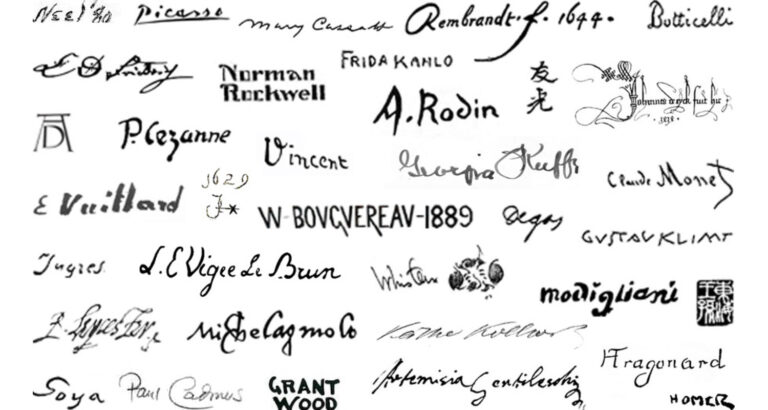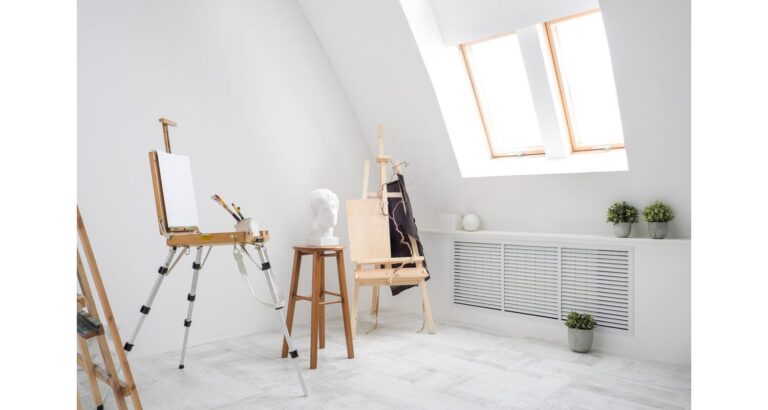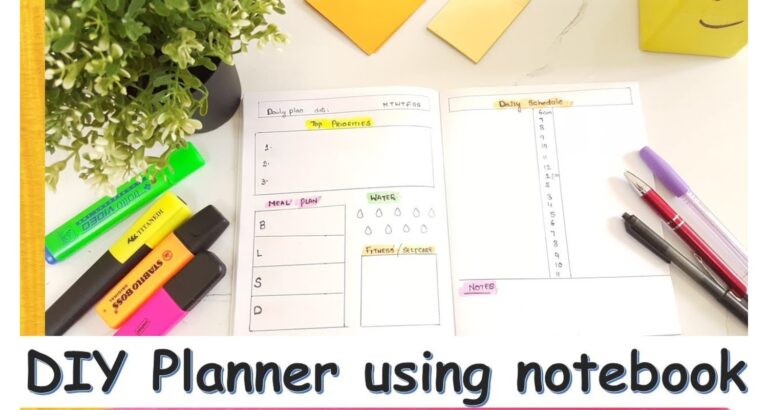Are you an artist looking to transform your masterpieces into prints? The journey from canvas to print can be thrilling, but also daunting. Fear not! This article will guide you through the simple steps to create stunning art prints, ready to adorn any space. How to Make a Print of Your Art: Digitize your artwork using a scanner or camera, edit for clarity, and select a quality printing service. Voilà, your art is print-ready!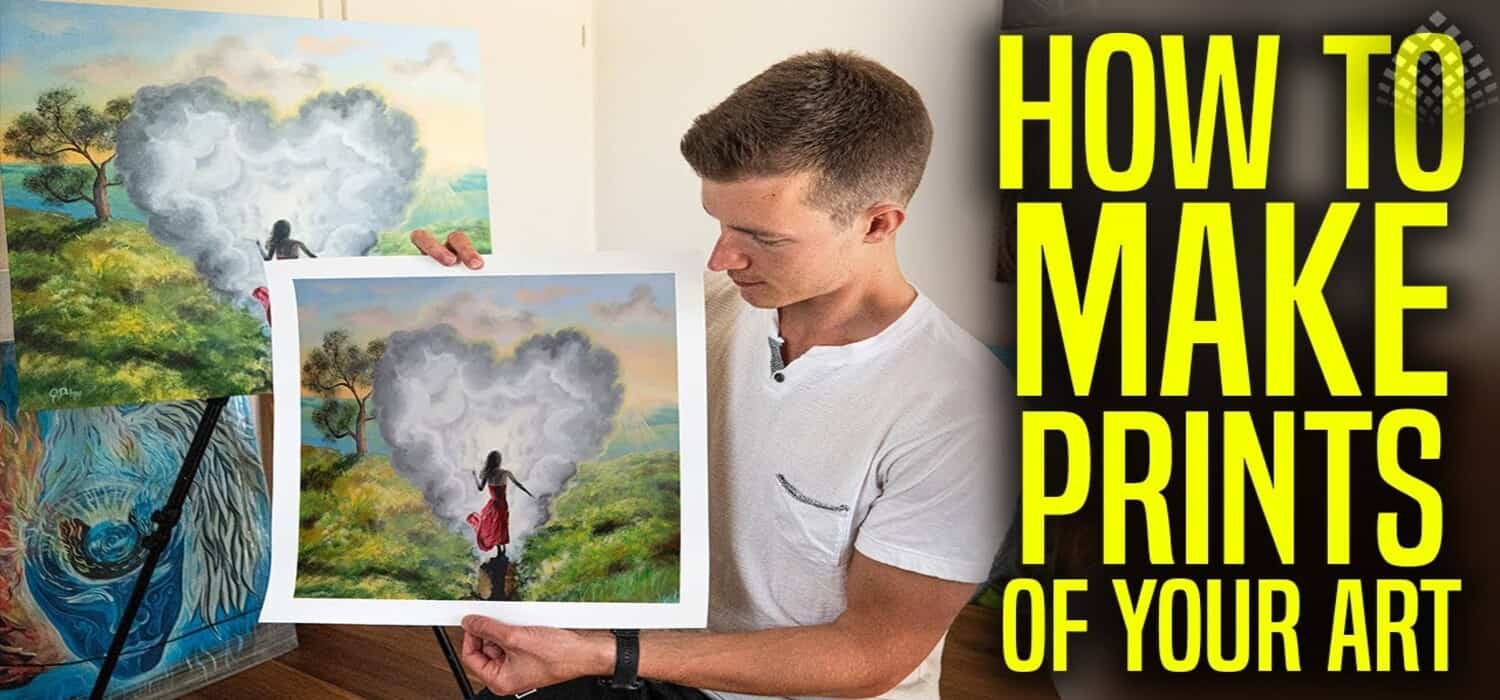 Don’t stop here! Uncover more secrets to perfecting your art prints and turning your passion into profit. Keep reading to master the art of printmaking.
Don’t stop here! Uncover more secrets to perfecting your art prints and turning your passion into profit. Keep reading to master the art of printmaking.
Digitizing Your Artwork
To turn your art into a digital masterpiece, follow these steps:
Scanning
Use a flatbed scanner for small to medium-sized artworks. 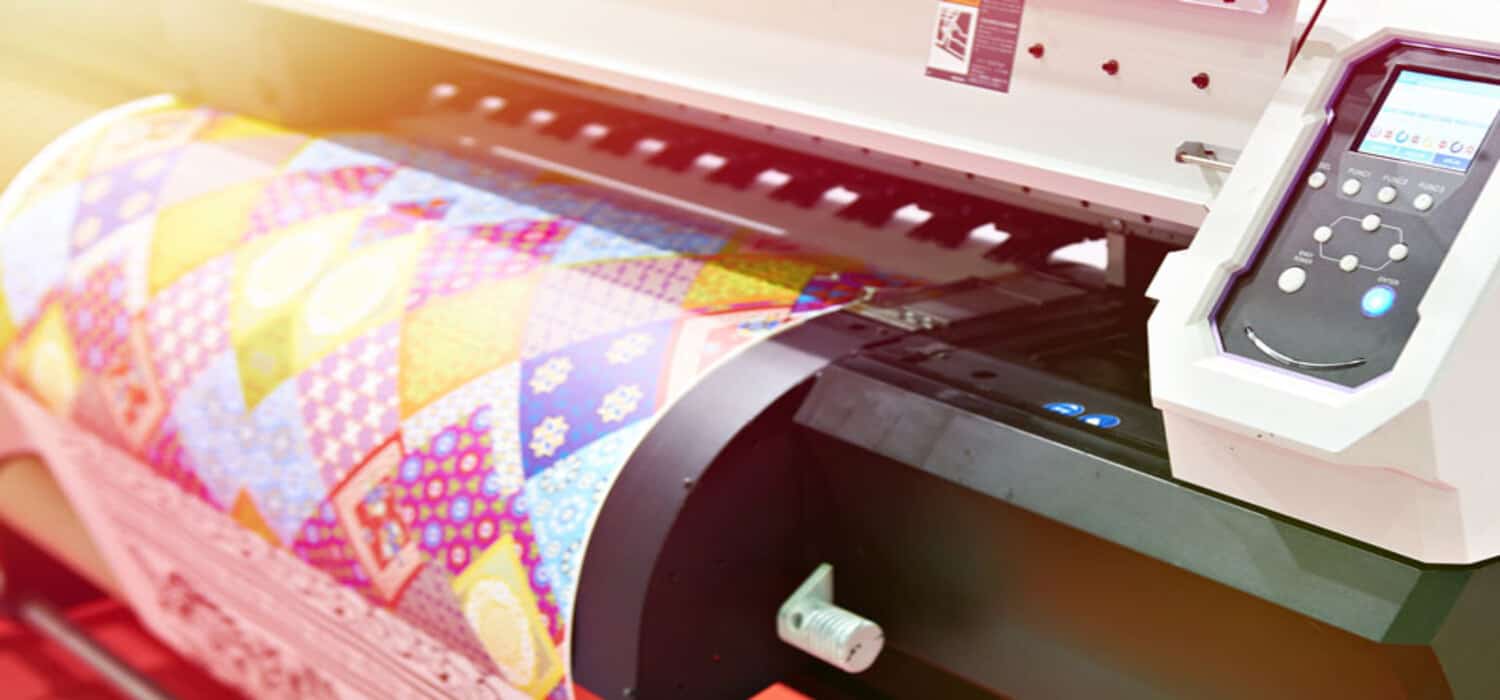 Ensure the scanner’s resolution is set to at least 300 dpi for clear, detailed images.
Ensure the scanner’s resolution is set to at least 300 dpi for clear, detailed images.
Photographing
For larger pieces, photograph your art in natural light. Use a tripod to avoid blurriness and ensure even lighting to prevent shadows.
Tips for High-Quality Images
- Resolution: Aim for a minimum of 300 dpi to capture every detail.
- Lighting: Soft, natural light works best. Avoid direct sunlight to prevent glare.
- Shadows: Keep the camera parallel to the art to avoid casting shadows.
By following these steps, your digital art will be ready for printing in no time!
Editing Your Digital Art
Editing your digital art is crucial to ensure it looks perfect when printed. Focus on these key aspects:
Color Correction
Adjust colors to match the original artwork. This step is vital as colors can appear different on screens and in print.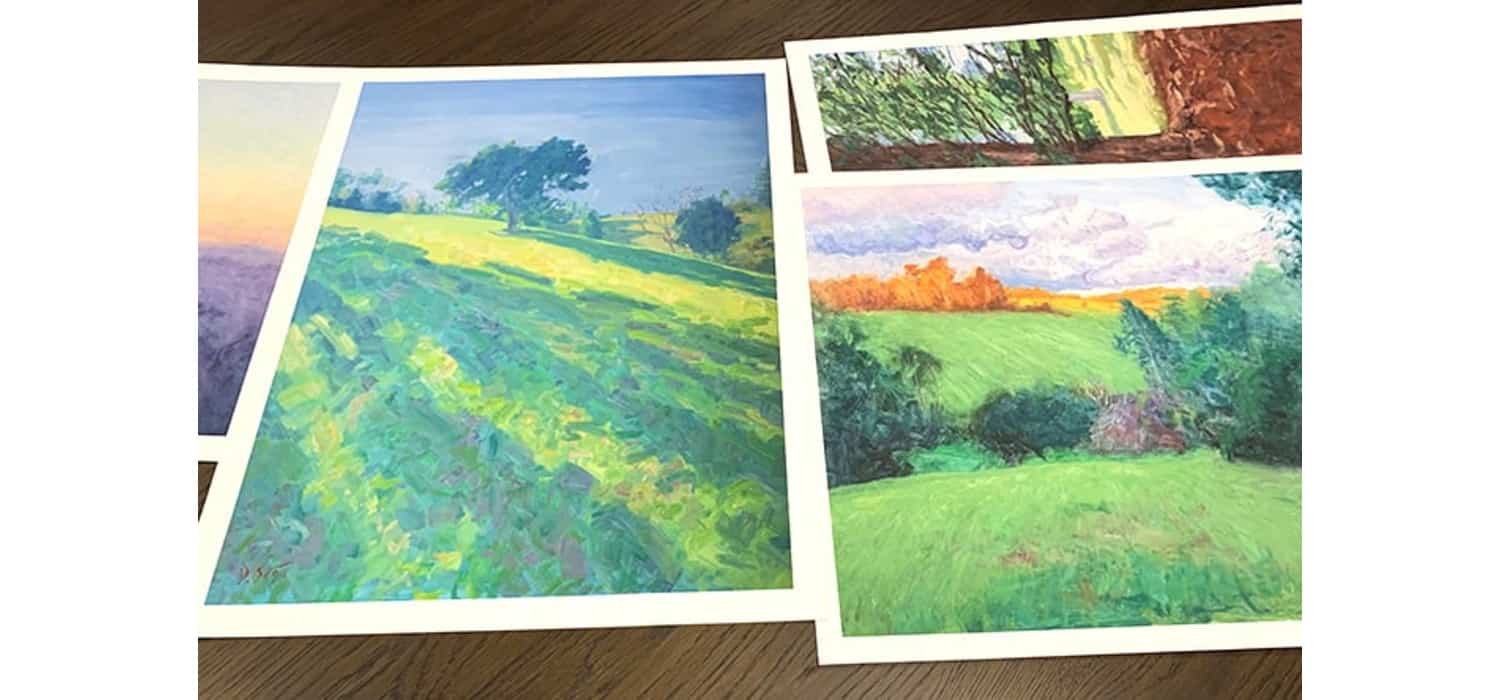
Resolution Adjustments
Ensure your image has a resolution of at least 300 dpi. This adjustment ensures that your print is sharp and detailed.
Recommended Software
- Adobe Photoshop: A popular choice for comprehensive editing features.
- GIMP: A free, open-source alternative with a wide range of tools.
- Canva: Great for beginners, offering simple editing options.
You can refine your digital art using these software tools to ensure it’s print-ready.
Choosing the Right Printing Service
Selecting a printing service is crucial for high-quality art prints. Consider these print on demand services:
- Gelato: Offers global printing and shipping, minimizing carbon emissions.
- Printify: Connects artists with top printing companies, featuring a wide product range.
- Printful: Known for seamless integration with ecommerce platforms and a variety of products.
Factors to Consider
- Pricing: Look for services that fit your budget while maintaining quality.
- Product Selection: Choose a service that offers a variety of products to print your art on.
- Quality: Order samples to assess the print and material quality before making a decision.
- Shipping Rates: Consider the shipping costs and delivery times to your target market.
By evaluating these factors, you can select a printing partner that aligns with your art business goals.
Preparing Your Art for Printing
Before sending your art to print, make sure it meets these requirements:
File Format
- Save your artwork in a format suitable for printing. Common formats include TIFF, PNG, or high-quality JPEG.
Resolution
- Your file should have a resolution of at least 300 dpi (dots per inch) to ensure clarity and detail in the print.
Printing Materials and Techniques
- Paper: Choose the right paper based on your art style. Options include matte, glossy, or fine art paper.
- Canvas: Ideal for reproductions of paintings, giving them an authentic feel.
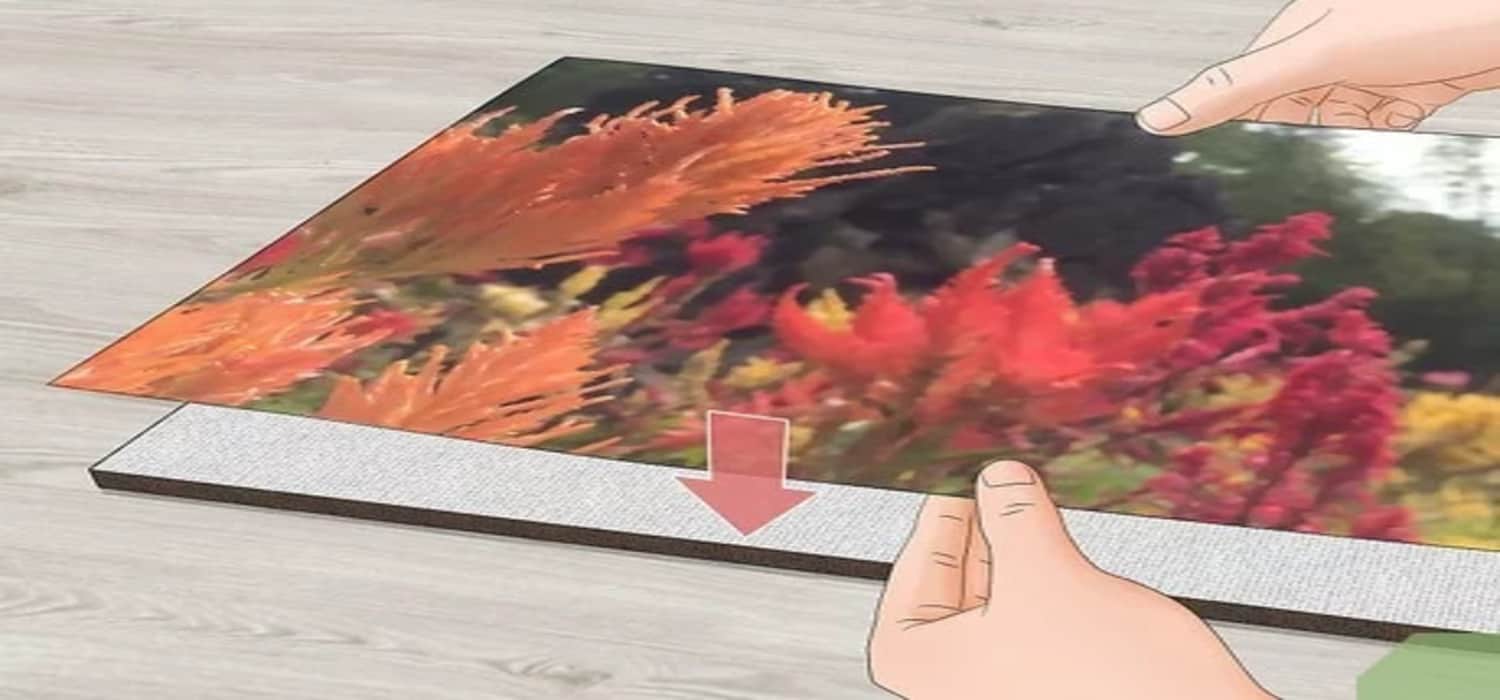
- Metal: Adds a modern touch and vibrant colors to your prints.
- Techniques: Digital printing is common for on-demand services, while giclée printing is used for high-quality fine art prints.
Understanding these aspects will help you prepare your art for printing, ensuring the final product matches your vision.
Setting Up Your Online Store
Selling art prints online starts with choosing the right platform:
- Shopify: A popular ecommerce platform that offers customization and a range of sales tools.
- Etsy: A marketplace known for handmade and unique items, perfect for artists.
- WooCommerce: A flexible plugin for WordPress sites, ideal for those who want more control over their store.
Tips for an Attractive Store
- Design: Choose a clean, visually appealing layout that highlights your art.
- Navigation: Ensure your site is easy to navigate, with clear categories for different types of prints.
- Product Photos: Use high-quality images of your prints to entice buyers.
- Descriptions: Write detailed product descriptions that convey the uniqueness of each print.
- Payment Options: Offer a variety of payment methods to cater to different customer preferences.
By setting up a well-designed online store, you can showcase your art prints and attract buyers from around the world.
Pricing Your Art Prints
Setting the right price for your art prints is crucial for profitability and market appeal. Consider these strategies:
Cost-Plus Pricing
- Calculate the total cost of producing each print, including materials and printing fees. Add a markup for profit. For example, if the cost is $10, you might price the print at $20.
Tiered Pricing
- Offer different sizes or editions at varying price points. This strategy can cater to a broader range of customers.
Considerations
- Market Research: Look at the prices of similar art prints to gauge what customers are willing to pay.
- Value Perception: Price your prints based on the perceived value of your art. Unique or limited edition prints can command higher prices.
- Promotions: Consider offering discounts or bundles to attract buyers and increase sales.
By carefully pricing your art prints, you can balance making a profit with attracting customers who value your work.
Marketing and Promoting Your Art Prints
Effective marketing can significantly boost the visibility and sales of your art prints. Here are some strategies to consider:
Social Media Platforms
- Instagram: Share high-quality images of your prints, use relevant hashtags, and engage with your followers.
- Pinterest: Create boards featuring your prints and use keywords to improve discoverability.
- Facebook: Share updates, behind-the-scenes content, and connect with art groups to reach a wider audience.
Email Marketing
- Newsletter: Build an email list and send regular newsletters showcasing new prints and special offers.
- Personalization: Segment your email list and send targeted messages based on customer interests and past purchases.
Engaging with Art Communities
- Online Forums: Join art forums and platforms like DeviantArt or Reddit’s r/Art to share your work and engage with other artists.
- Art Fairs: Participate in art fairs and exhibitions to showcase your prints and connect with potential buyers in person.
By combining these marketing strategies, you can effectively promote your art prints and attract a loyal customer base.
Protecting Your Digital Art
Protecting your digital art is crucial to prevent unauthorized use or theft. Implement these measures:
Watermarks
- Add a semi-transparent logo or signature to your digital images. This helps identify you as the creator while deterring theft.
Low-Resolution Previews
- Display low-resolution versions of your art online. This prevents others from using the images without compromising the quality of the original.
Copyrighting Your Artwork
- Register your artwork with the copyright office in your country. This provides legal protection and proves ownership of your art.
By taking these steps, you can safeguard your digital art and protect your creative rights.
Conclusion
We’ve explored the key steps to turn your art into beautiful prints, from digitizing and editing to choosing the right printing service and setting up an online store. Remember, pricing and marketing your art prints effectively is crucial for success in the art world. So, leap and start sharing your artwork with the world through prints. Embrace the journey and let your creativity flourish!
FAQ’s
How can I sell art online?
To sell art online, you can either create and sell your own art or curate and sell works by other artists. Choose between selling originals, reproductions, or both, and select the right online platform for your art style and business model .
What are some popular websites to sell art prints?
Popular websites for selling art prints include Etsy, Zazzle, Fine Art America, Redbubble, and Saatchi Art. Each platform offers unique features and caters to different types of artists and audiences .
What should I consider when creating an online storefront for my art?
When creating an online storefront, focus on making a visually appealing shop that tells the story of your art. Use high-quality images, clear descriptions, and creative promotions to attract and retain customers .
How can I optimize my Etsy store for selling prints?
To optimize your Etsy store, ensure your shop has a clear brand identity with a professional banner and shop icon. Provide detailed information about your store, perfect your policies, and add an FAQ section. Use high-quality photos and keywords in your product listings .
Can I sell art prints on multiple platforms?
Yes, you can sell art prints on multiple platforms to reach a wider audience. Consider using online marketplaces like Etsy, Shopify, and Saatchi Art, as well as print-on-demand services like Printful and Fine Art America .

I am Sammy and I blog at Live it. Love it. Make it. It is creative lifestyle blog run by best friends H and Sammy. Head over and follow our crafty adventures!



